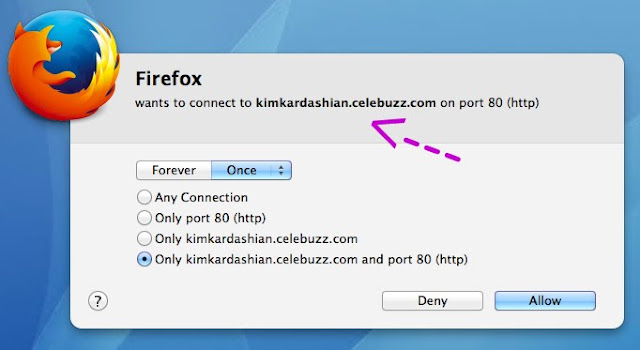Started the season with Canadian Tire and Continental Tires last week.
(the test car was an Audi A4 TFST quattro. 2.0 L outputting 220 hp and 258 lbs/ft.)
Despite being all black and round, all tires are not created equal.
Continentals compete with the high-end tire lines. This model is exclusive to Canadian Tire, and are reasonably priced at $129 /each. For a barometer, cheap no-name tires are about $80 /each. But remember what I always harp…
… don’t cheap out, on the only part of your car, that touches the road.
It wasn’t all track time, the tires were tested in a braking exercise (stop accelerating Keri), and this is how potholes are simulated.
Run through the course once on the competition, then again on Continentals. The latter was a smoother, less jittery ride and sounded less hollow. In tire ratings, that’s “comfort”.
Best part of the tire is this:
1 – compare the wear pattern of those boxes each side of the tire, to know if things are balanced
2 – Dry / Wet / Snow – when that letter wears off, the tire is no longer good in those road conditions
Continental claims these will last 145,000 km, which is on the high side of things.
This is nicely framed.
The girls of Canadian Tire; welcome to my blog guys!
Middle is Melissa Arbour, CT’s Senior Business Manager for Tires, Wheels and Accessories, and right is PR megamind Nicole Grant.
Spot my Jag.
This was all last Thursday afternoon, kicking off the best night of the week.







